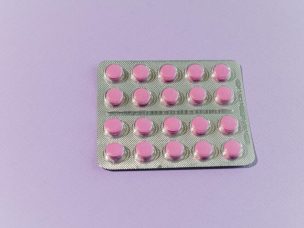![]() Medically reviewed by Dr. Samuel Sarmiento, M.D., MPH on August 3, 2023
Medically reviewed by Dr. Samuel Sarmiento, M.D., MPH on August 3, 2023
A single session of physical exercise is inadequate to alter tumor hypoxia or NK cell invasion in patients with prostate cancer.
Studies have reported that high levels of physical activity are associated with a lower risk of cancer recurrence and improved survival, suggesting that physical exercise training is associated with better outcomes following a cancer diagnosis. However, the underlying molecular pathways responsible for the potential prognostic benefits are not well understood, limiting the applicability of exercise training prescriptions as an integrated anticancer therapy.
Until now, the majority of clinical research in this field has focused on increasing physical activity levels, with a particular emphasis on the (long-term) metabolic improvements associated with weight loss and the potential derived benefits of reducing systemic risk factors such as insulin, IGF-1, and inflammatory markers. Recent research suggests that physiological adaptations to intense exercise may have anticancer benefits, but these effects have not been thoroughly investigated in clinical settings.
This study was published in Physiological Reports and aimed to examine the effects of a single bout of exercise on tumor oxygenation and immune cell infiltration in prostate cancer patients.
In this study, 30 patients with localized prostate cancer were randomly assigned (2:1) to either one session of high-intensity interval training or no exercise the day before radical prostatectomy. Surgically removed prostatic tissue was analyzed immunohistochemically for tumor hypoxia, natural killer (NK) cell infiltration, and microvessel density (MVD). The acute systemic responses of blood lymphocytes, epinephrine, norepinephrine, IL-6, tumor necrosis factor, cortisol, lactate, and glucose were also investigated.
No changes were found between groups in tumor hypoxia (Mann–Whitney U test, U = 83.5, p = 0.604) or NK cell infiltration (U = 77.0, p = 0.328). A rise in the number of open tumor vessels and a blunted vasoconstriction of tumor arterioles in response to norepinephrine were observed, indicating the inability of tumor vasculature to contract. These findings imply that exercise may promote tumor oxygenation by boosting perfusion and decreasing hypoxia. In addition, there was no association between MVD and tumor hypoxia or NK cell infiltration.
A single physical activity session is likely insufficient to modify tumor hypoxia or NK cell invasion. Future research may shed light on whether the accumulation of multiple exercise sessions can influence these effects.
Reference:
Djurhuus, S. S., Schauer, T., Simonsen, C., Toft, B. G., Jensen, A. R. D., Erler, J. T., Røder, M. A., Hojman, P., Brasso, K., & Christensen, J. F. (2022). Effects of acute exercise training on tumor outcomes in men with localized prostate cancer: A randomized controlled trial. Physiol Rep, 10(19), e15408. https://doi.org/10.14814/phy2.15408






